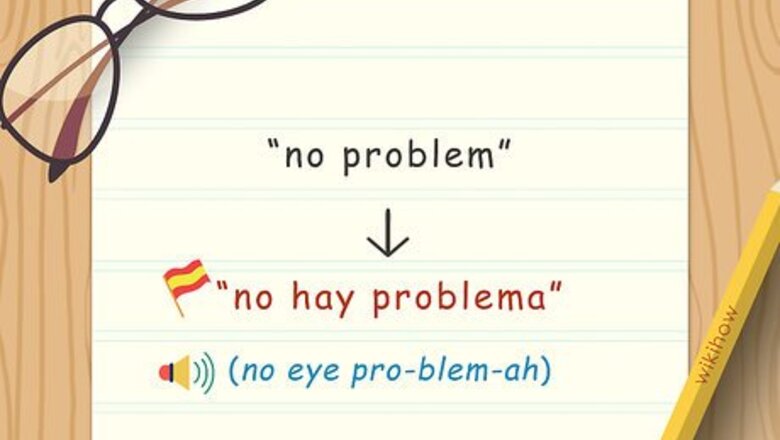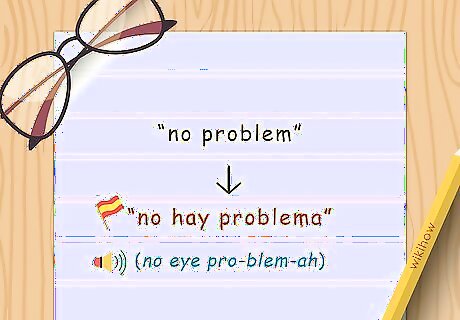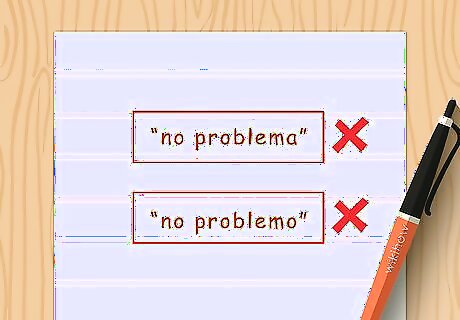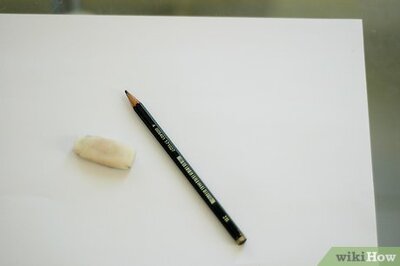
views

Say "no hay problema". The correct way to say no problem in Spanish is "no hay problema", pronounced no eye pro-blem-ah. This is a good phrase to use if you want to express that something is not a problem or no trouble, for example if someone asked you for help or if someone accidentally bumped into you.

Don't say "no problema", or worse "no problemo". "No problema" is a grammatically incorrect way of saying "no hay problema", although it becoming more common among Spanish speakers in the United States. "No problemo" is an example of pseudo-Spanish or mock Spanish used by English speakers in North America. It should not be used when speaking Spanish.

Try some other phrases. Like in English, there are many ways to express the phrase "no problem". Which phrase is most appropriate for your situation will depend on the context. Some of the most common alternative phrases include: No hay de qué: pronounced no eye day kay. This phrase is best used after someone has thanked you. It can be translated as "no worries" or "don't mention it". De nada: pronounced day nah-dah. This literally translates as "it's nothing", but is used to mean "you're welcome". Ningún problema: pronounced neen-goon pro-blem-ah. This means "there's no problem" or "there isn't any problem".

















Comments
0 comment